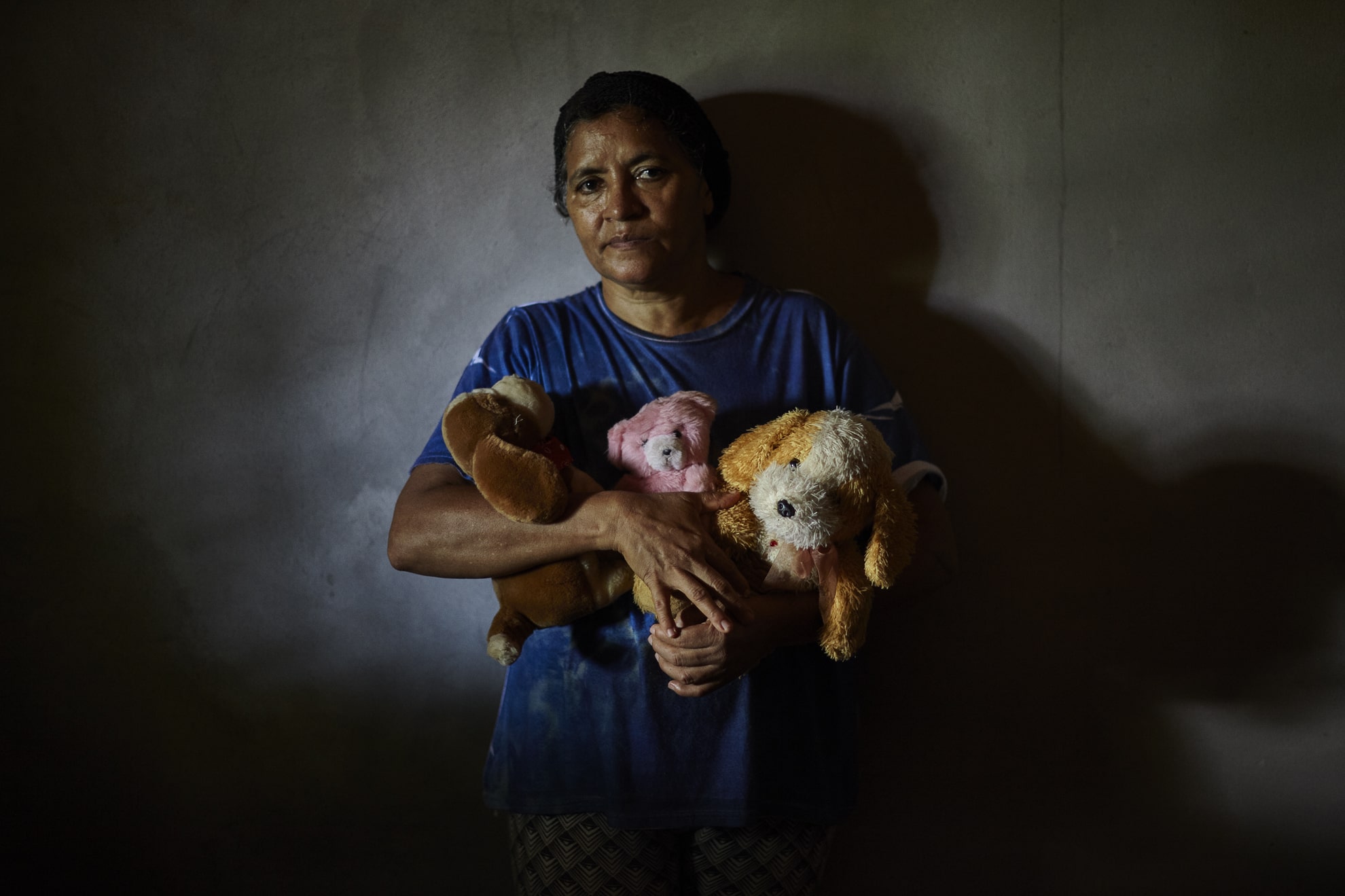
Of the murder of her sister and brother-in-law she said:
“I heard that there had been a shooting, and there were rumours it was José Cláudio. I went quickly to where it had happened and I saw the body of Cláudio and for a moment I thought that Maria was not there, that she was safe. But I knew that they were inseparable and that they always rode on the motorcycle together. I saw a trail of blood and I followed it into the trees. I saw a hand with a bullet hole through it. I knew it was Maria, because she always wrapped her arms around Cláudio on the motorcycle”.
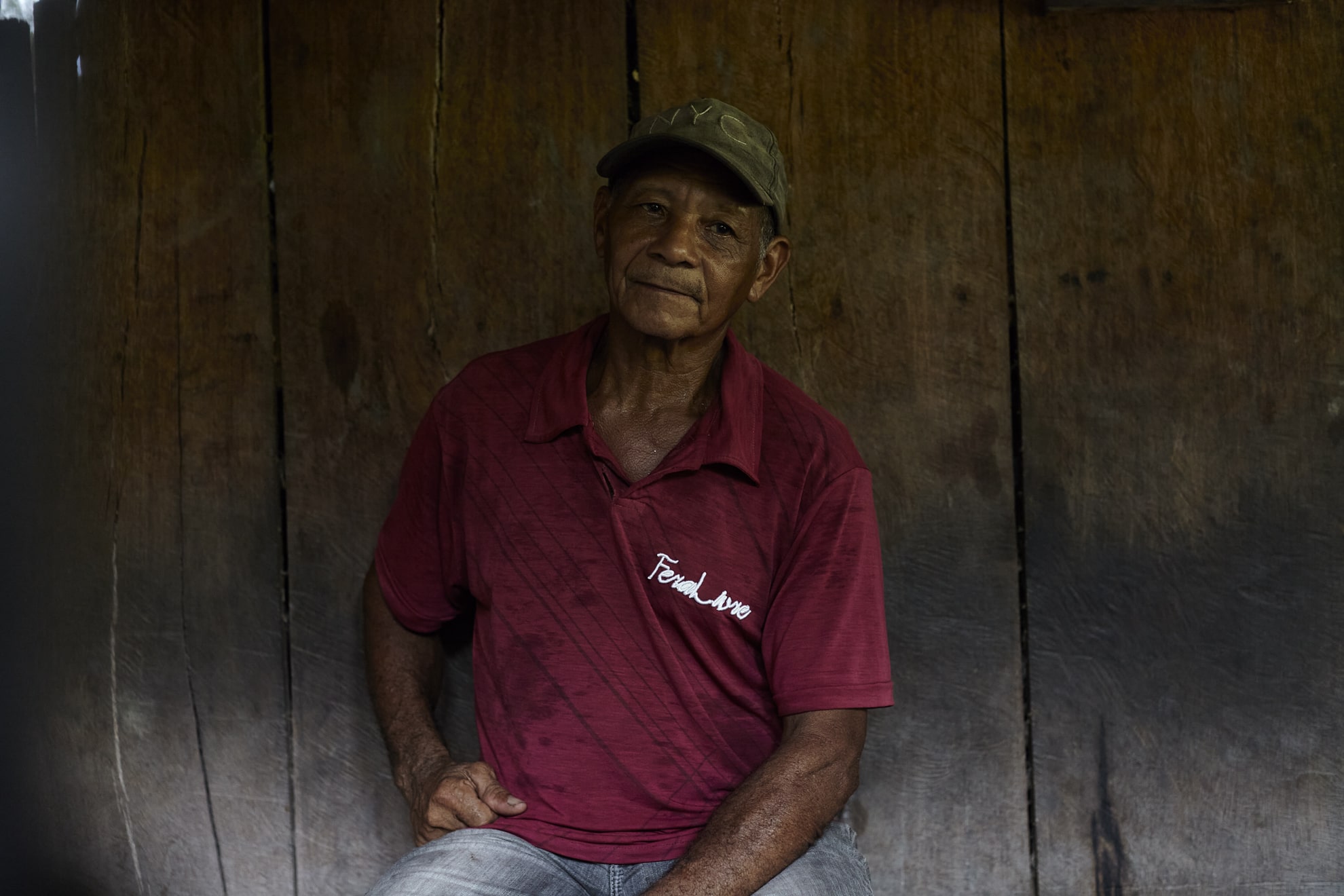
Near to the site of the first Baião Massacre, is a small settlement. It is an example of what life should be for traditional people. Brazil is not short of land.
The patriarch of this small community knew the three victims who were executed and burned. The previous community leader was also murdered nearby. All they ask for is the same rights offered to the wealthy landowners. And to live free from threats. All they wish for is justice.
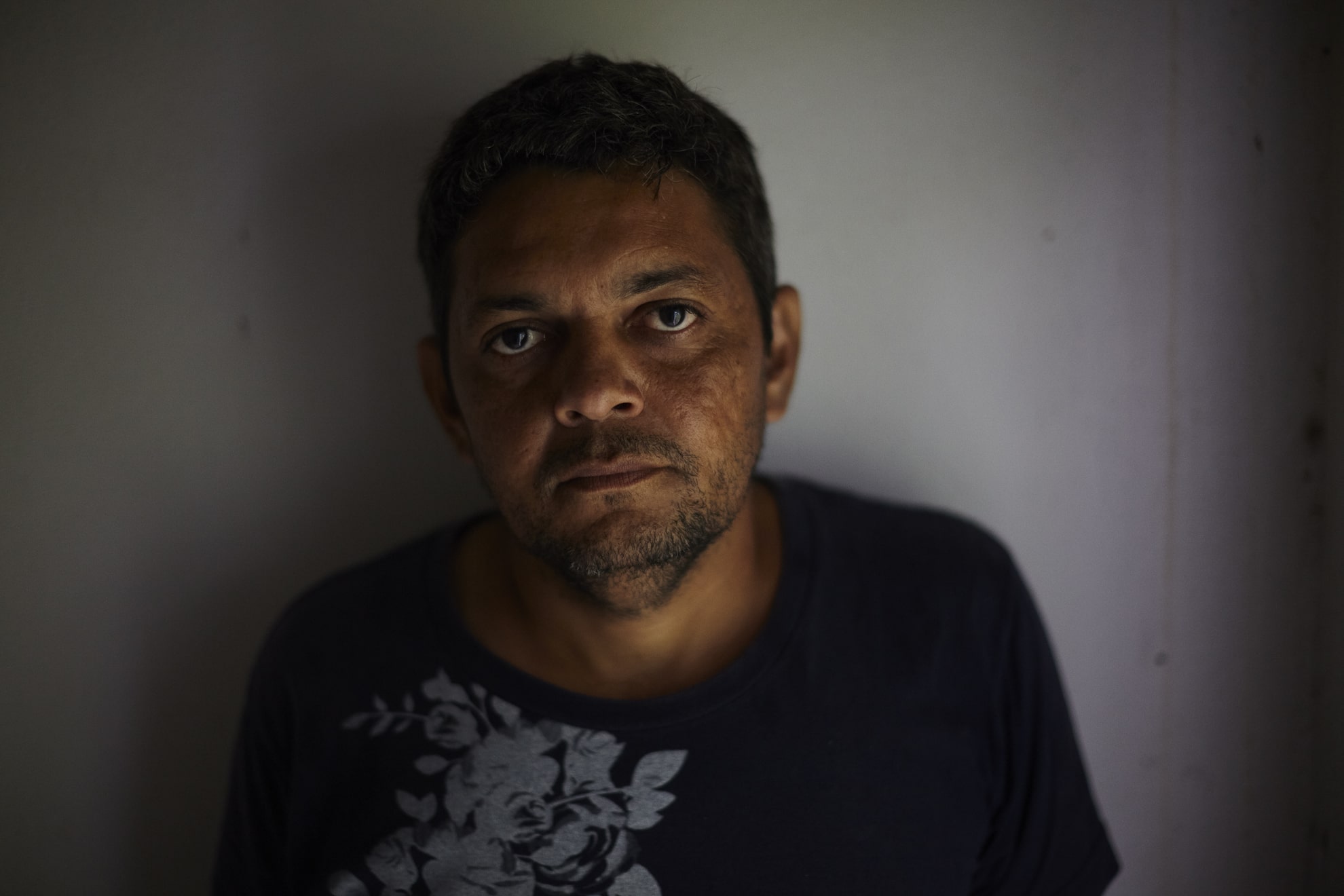
Manoel was not part of the community at the time. But his predecessor, Jane Júlia de Almeid, was killed in the Pau D’Arco massacre. While hoping for justice, he acknowledges that replacing Jane Júlia de Almeid carries risks, similar to those faced by all community leaders who confront farmers and the Ruralists.
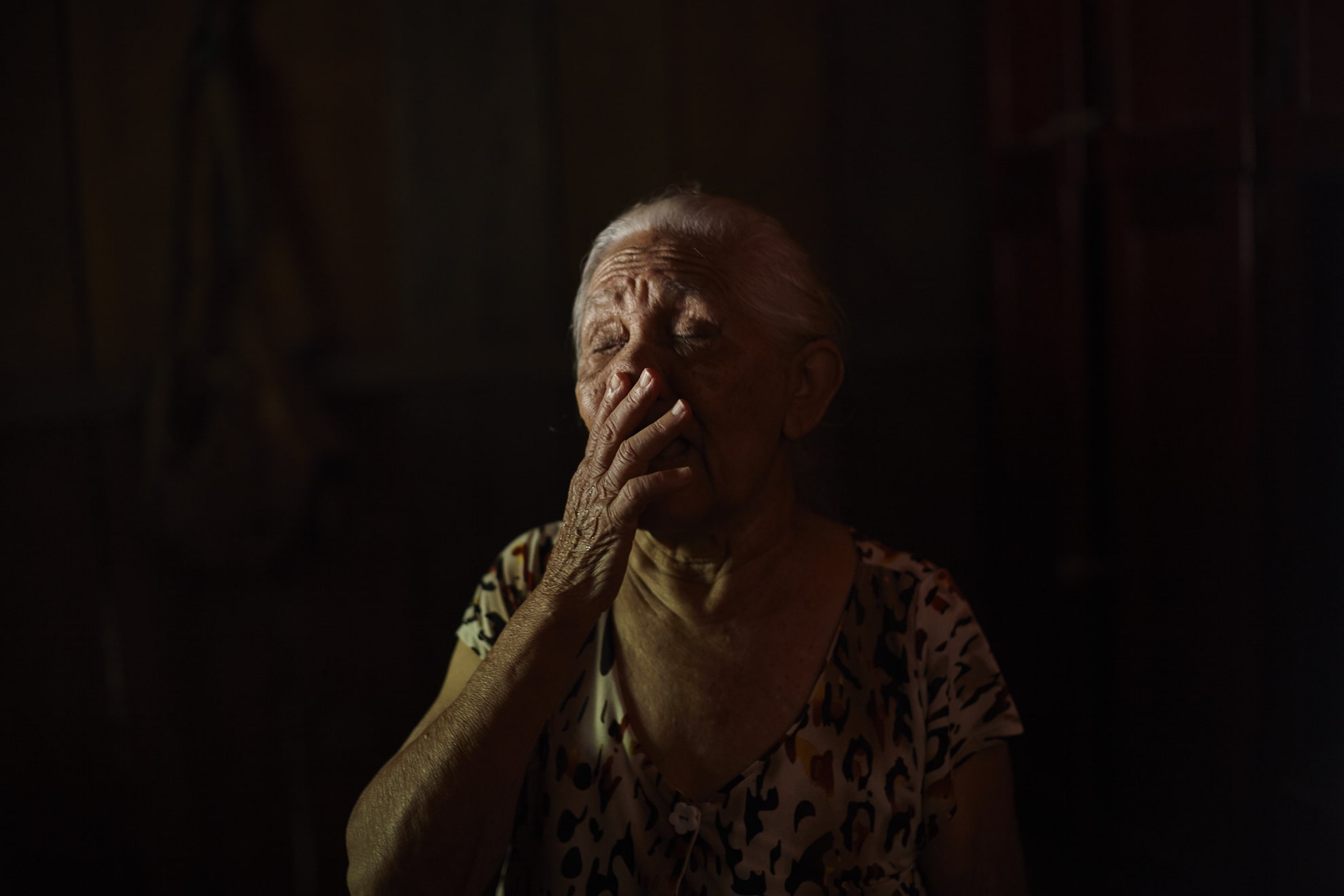
After the murder of her son, José Cláudio Ribeiro da Silva and Maria do Espírito Santo, Raimunda together with other female members of the family mobilised in pursuit of justice. They are at the forefront of the push to bring to justice those who murdered their relatives. At the same time they are fighting for the rights of Land Defenders across Brazil. Despite the continuing death threats, they continue, prepared to die to give voice to those who have already perished protecting the forest.
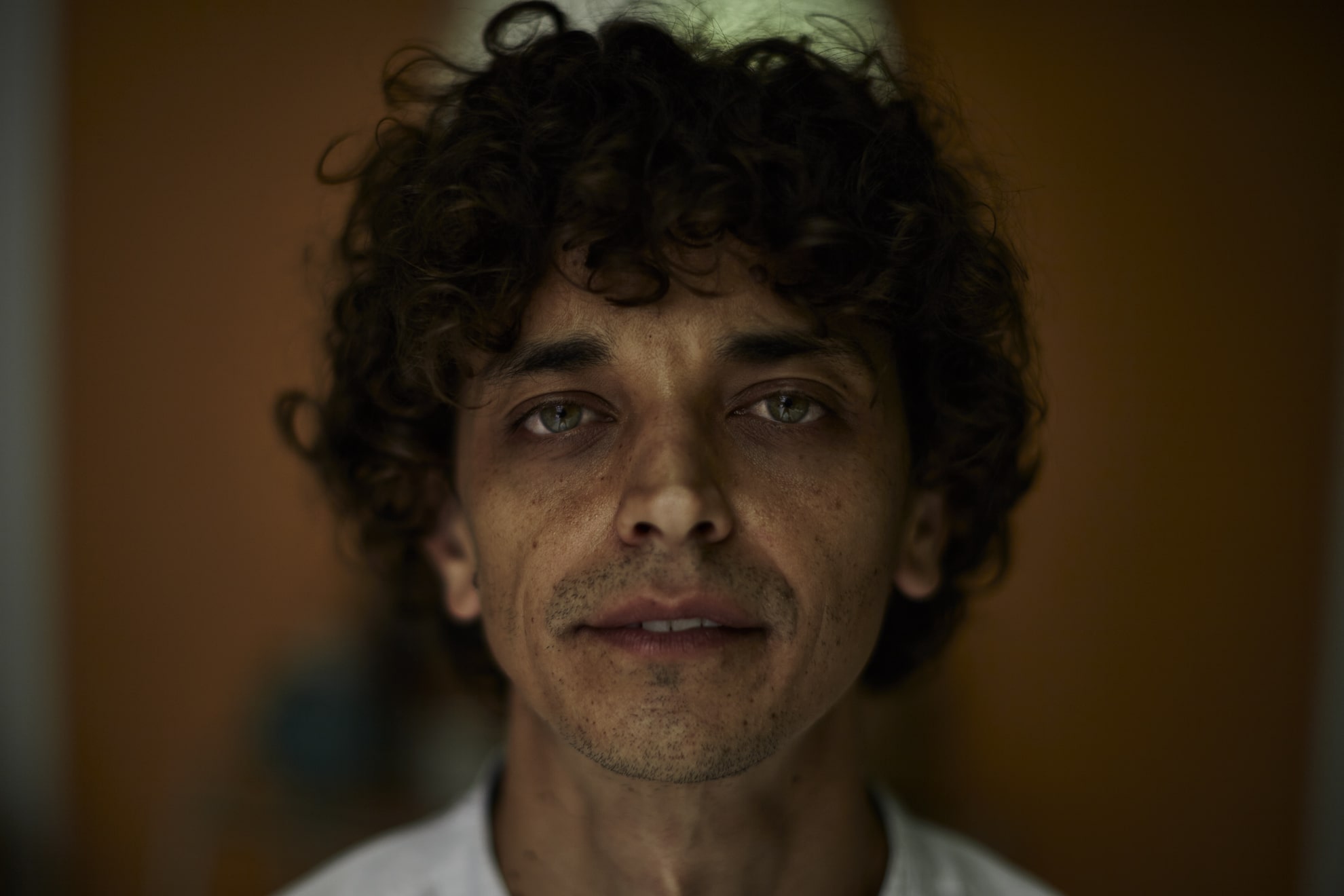
José Vargas has been threatened for his efforts to pursue accountability for the Pau D’Arco massacre. He is presently under house arrest having been ‘framed’ by the police. He lives with his wife and two young daughters.
He continues to face threats and reprisals: A bomb was planted at his office; one morning he woke to find the bodies of his slaughtered dogs in his garden; garden furniture shifts position during the night. Acts clearly designed to intimidate and break.
Asked what sentence he would face if found guilty he said, ‘I have not asked my lawyer. I am too afraid to know. But if I remember well from my training, it is between 12 and 30 years.’
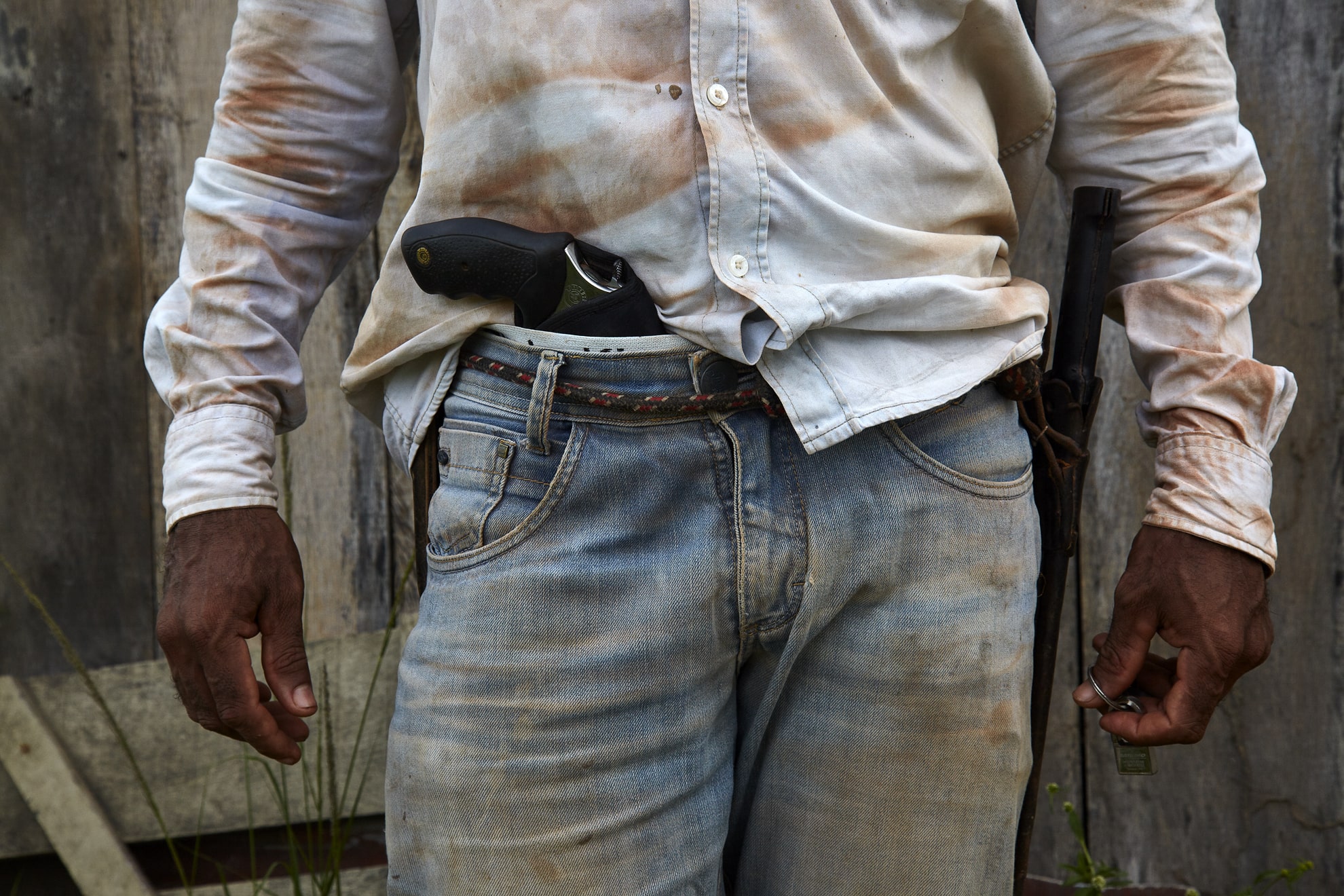
The new leader for the community that endured the tragedy of the Baião massacre, knows well that his life is constantly under threat. There were six murders that took place across several hours in 2019, when the former community leader was also murdered. The new community leader always carries a gun and a knife when travelling. It's his only protection.
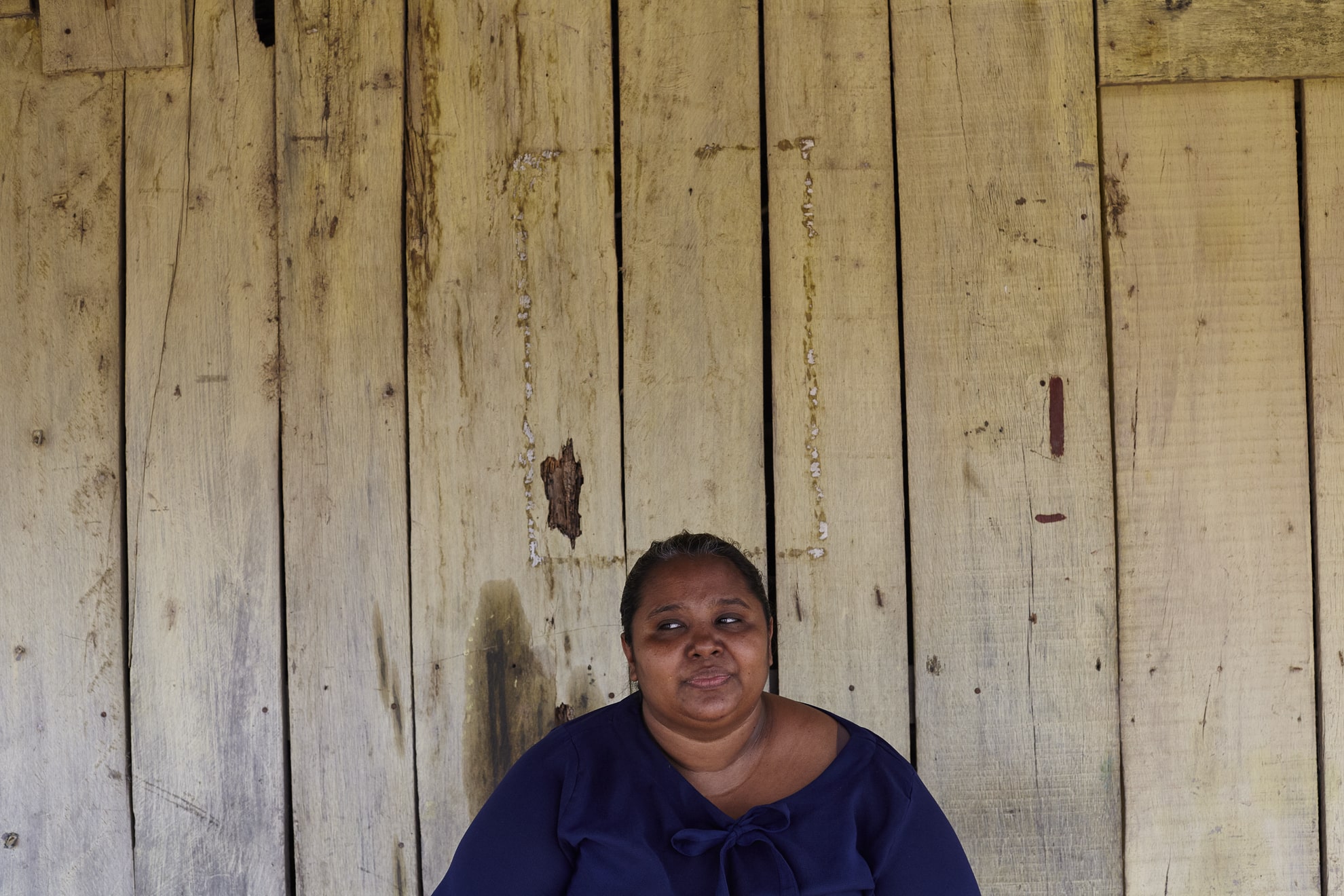
In Brazil, the principle is that if you kill the leader, the community will lose its will and leave. When a hired militia swarmed across their land, it was her that they were looking for. As she hid, her attackers shouted that they had her child and that if she did not give herself up, they would lock the child in a car and torch it. Fortunately, another settler managed to grab the child and escape. Eventually the militia left. Mother and child lived to see another day.
But the trauma lives on.
The information contained in this platform is a compilation of crimes committed in the Brazilian Amazon against Rural Land Users and Defenders for the period of 2011–2021. It demonstrates a course of conduct involving multiple Rome Statute article 7(1) acts, namely murder, persecution, and other inhumane acts. Tied together by an overarching criminal policy, these crimes may amount to a crime against humanity. This platform focuses on the two main sources of data on crimes - the Pastoral Land Commission (Comissão Pastoral da Terra, CPT) and Global Witness.
PASTORAL LAND COMMISSION (CPT)
Conflicts occurring over possession of rural territories have been a constant feature of Brazilian history dating back as far as the colonial era. Since its creation in 1975, the Pastoral Land Commission (Comissão Pastoral da Terra) has been documenting conflicts in the Brazilian countryside and the systemic violence against ‘land workers’, a term that encompasses several distinct peasant categories who live in rural areas and rely on the use of land and/or water as their survival and dignity. CPT monitors conflicts relating to the following categories of individuals: quilombolas, settlers, landless, squatters, small landowners, parceleiros, small tenants, miners, caiçaras, faxinalenses, geraizeiros, shellfish gatherers, fishermen, retirees, artisanal fishermen and other riverside dwellers, rubber tappers, vazanteiros, and extractivists (chestnut trees, palm trees, babassu coconut breakers). In the Communication, these groups are referred to collectively as Rural Land Users.

José Batista Afonso, CPT lawyer CPT, Marabá, Pará, 2021.
While various organizations such as Brazil’s Indigenist Missionary Council (Conselho Indigenista Missionário, or CIMI) focus exclusively on the rights of indigenous peoples, CPT is the only entity to carry out extensive research on all land conflicts at the national level—regardless of the victims. Over the years it has created the most important and comprehensive data collections regarding the rights and struggles of workers in Brazil’s forests and waterways.
In the 10 year period between 2011-2021, there were 10293 conflicts occurring over possession of rural territories (land conflicts) recorded by CPT. To help illustrate the connection, we plot these conflicts on a timeline, noting selected examples of acts or policies implemented by the “Network”.
LAND CONFLICT
CRIMES AGAINST HUMANITY
Since 1985, CPT has published its data in an annual printed report entitled Conflitos no Campo Brasil. The evidence demonstrates that, for the period 2011 to 2021, a mass of ‘violence against persons’ and related ‘violence against occupation and possession’ have occurred in the context of more than 10,000 land-related conflicts and more than 2000 water-related conflicts
The criminal acts can be further sub-divided into five categories of crimes targeting Rural Land Users and Defenders:
a. The specific massacres (with multiple murder victims) at Baião, Pará State, in 2019; Colniza, Mato Grosso State, in 2017; and Pau d’Arco, Pará State, in 2017;
b. The long-term targeting of particular groups, including systematic violence against: the Guarani-Kaiowa People, Mato Grosso do Sul State, from 2011–2021; the ‘Guardians of the Forest’, Maranhão State, from 2013–2020 (including the Governador, Tenetehara, and Guajajara Guardians); the Gamela People, Maranhão State, in 2017; the Uru-Eu-Wau-Wau People, Rondônia State, from 2019–2020; and the Mundukuru People, Pará and Amazonas States, from 2019–2021;
c. The geographic ‘hotspots’ of Areia, Pará State, from 2011–2018; Alto Turiaçu, Maranhão State, from 2014–2018; Terra Nossa Sustainable Development Project, Pará State, from 2017–2018; and Anapu, Pará State, from 2018–2020;
d. The targeting of individual Rural Land Users and Defenders throughout the country, for example, the murder of José Cláudio Ribeiro da Silva and his wife Maria do Espírito Santo da Silva, Nova Ipixuna, State of Pará, in 2011; and
e. Violence and intimidation against public officials—themselves ‘Defenders’ when acting in the interests of ‘Rural Land Users’—including agents of ICMBio, IBAMA, and FUNAI.
VIOLENCE AGAINST PERSONS
VIOLENCE AGAINST POSSESSION
The map shows the violence against persons and violence against occupation and possession recorded by CPT per each municipality in Legal Amazon for a 10 year period from 2011 to 2021.
These crimes take place within the broader concept of ‘land invasion’. The top three geographic areas in terms of overall conflict are the states of Pará, Maranhão, and Mato Grosso. Most conflicts involve farmers, businesspersons, land-grabbers, loggers, the federal government, and mining companies. The top five victim groups are landless, illegal occupiers (squatters), indigenous groups, quilombolas, and assentados (occupiers whose rights are in the process of being normalized).
KILLING OF ENVIRONMENTAL DEFENDERS
In parallel, Global Witness (‘GW’) has been tracking the situation of land defenders for over a decade (back to 2002). GW has specifically focused on ‘the human cost of the intensifying competition for land and forests’. Using a different but complementary metric to CPT, GW’s tallies include “those killed in targeted attacks and violent clashes as a result of protests, investigating or taking grievances against mining operations, logging operations, intensive agriculture including ranching, tree plantations, hydropower dams, urban development and poaching” (referred to collectively in the Communication as Defenders). GW has published its well-respected annual report on the issue since 2012. GW relies on CPT data.
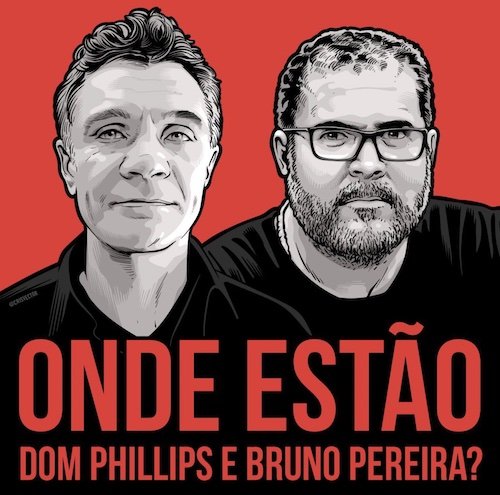
Dom Phillips and Bruno Araújo Pereira. Credit: twitter.
By way of example, in June 2022, British journalist Dom Phillips and Brazilian indigenous expert Bruno Araújo Pereira were murdered. They disappeared during a trip by boat from Atalaia do Norte, a riverside town that serves as the entry point to the Vale do Javari Indigenous Territory near the Brazilian border with Peru. Some days later the two bodies were found and identified by forensic investigators. Fisherman Amarildo de Oliveira, his brother Oseney de Oliveira and Jefferson da Silva Lima have confessed participation in the crime and are in prison. Five other suspects – possibly connected to illegal hunting and fishing inside indigenous lands - are also being investigated. The police are now targeting the possible connection between the double murder with the organized crime operating in the region.

